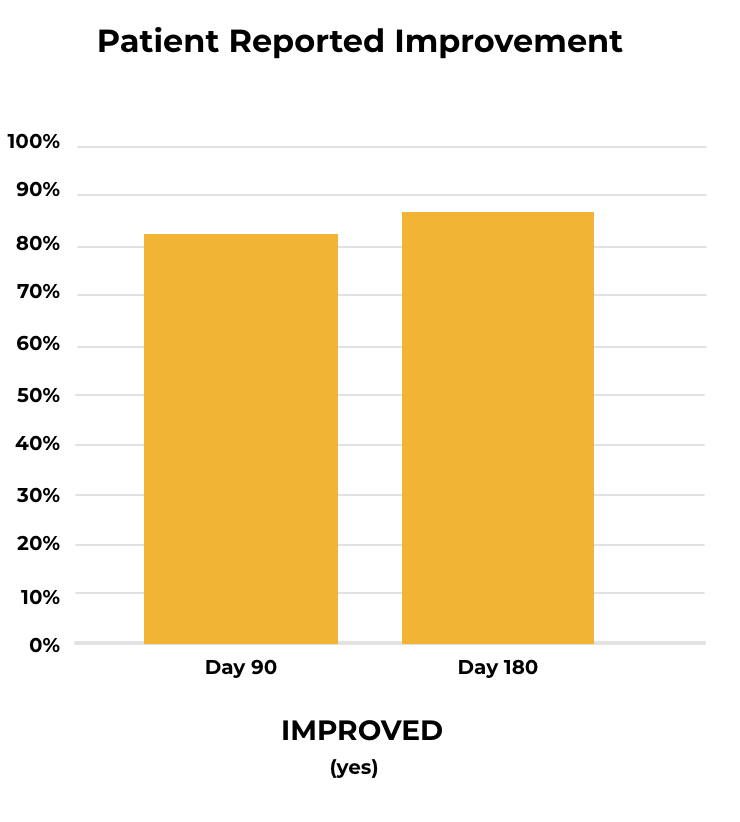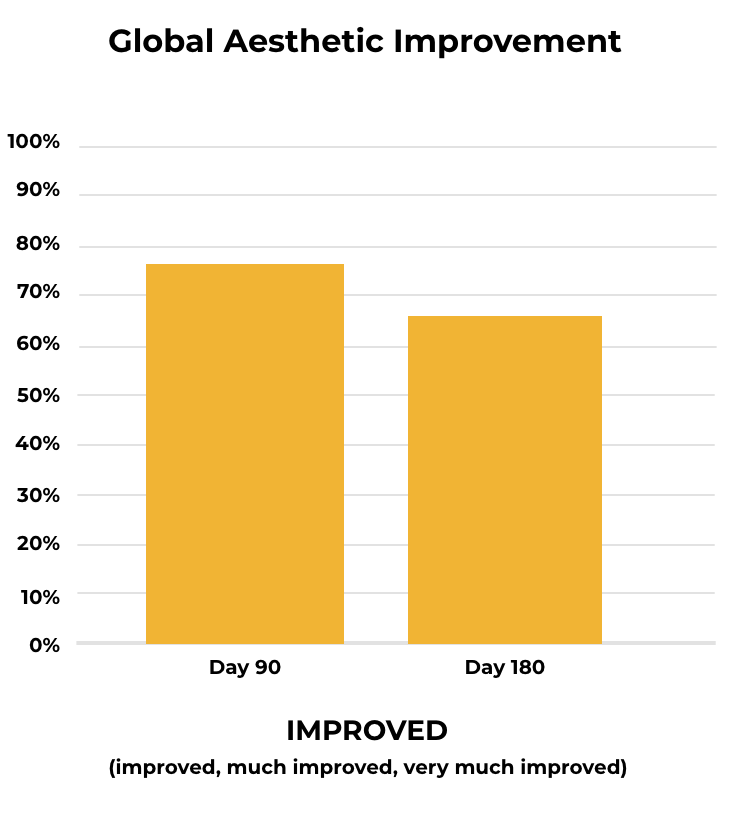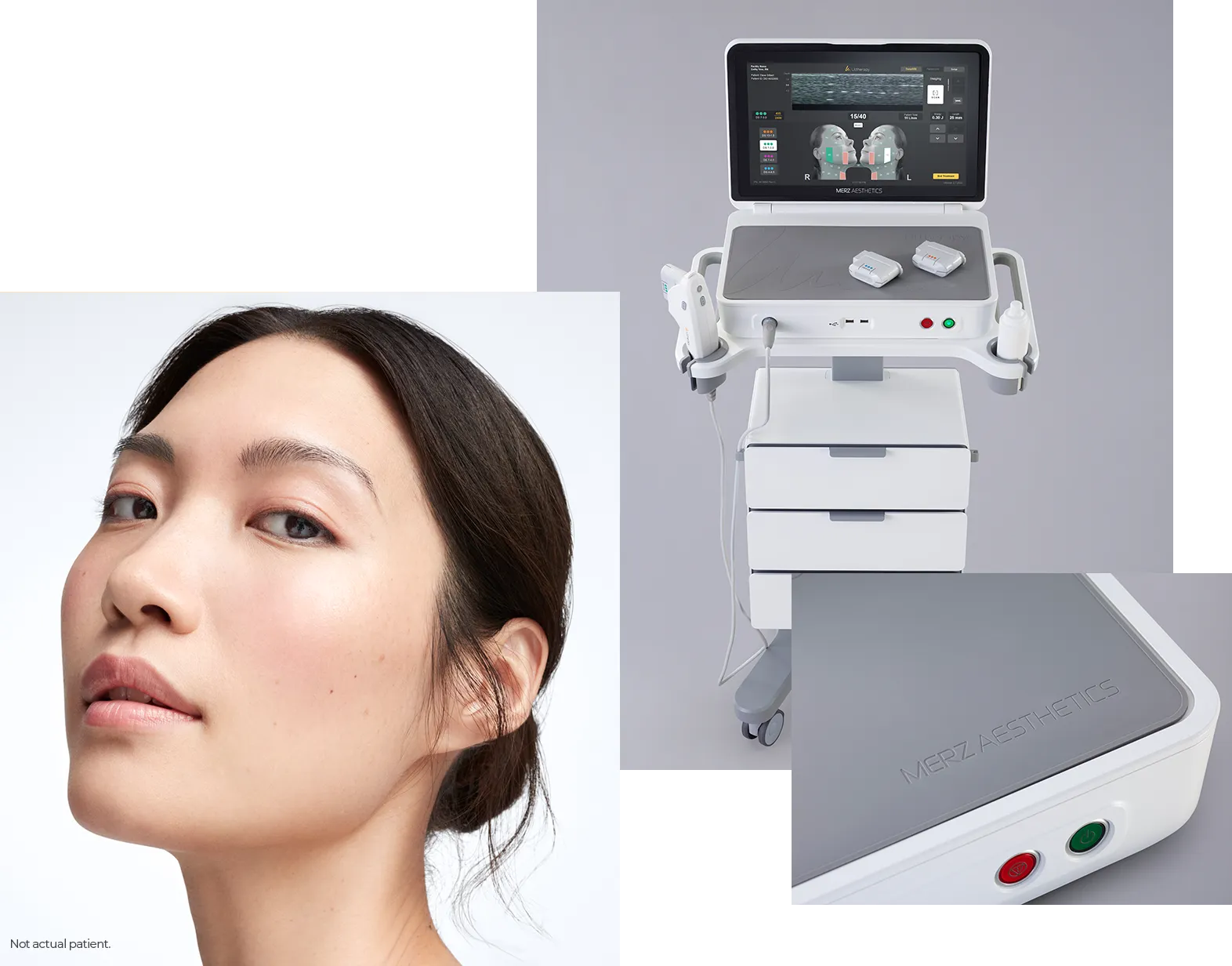THE POWER OF UNIQUE TECHNOLOGY.
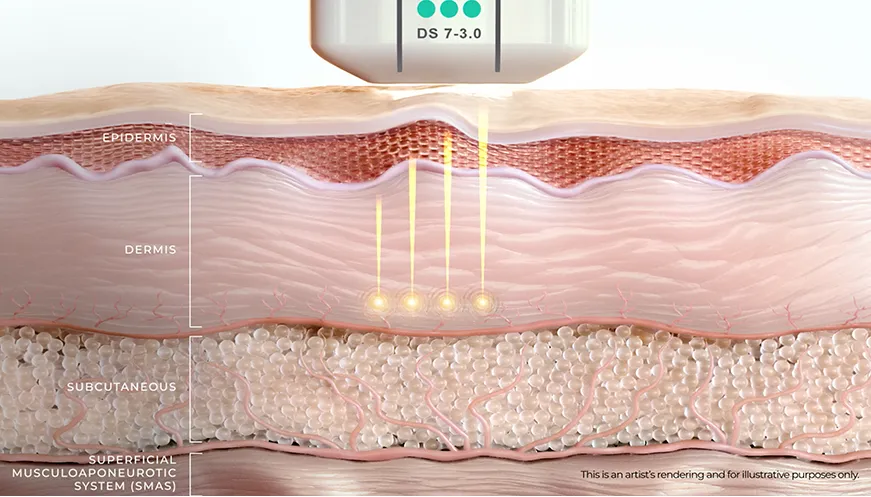
ADVANCED PRECISION. SUSTAINED LIFT
Ultherapy PRIME® uses micro-focused ultrasound technology to create thermal coagulation points (TCPs) at the precise depths of 1.5, 3.0, and 4.5mm, going deeper than any other FDA-cleared non-invasive lifting treatment with real-time visualization.1, 2, 13
Its precise engineering promotes an accurate delivery of TCPs at optimal, consistent coagulative temperatures of 60–70°C, initiating the regenerative process through collagen denaturation and synthesis for effective, reproducible results.6,9,13
Patients see a gradual lift over the first 2 to 3 months post-treatment, and visible improvements continue for up to 6 months after treatment. Ultherapy PRIME® results can last up to a year or more.1, 7
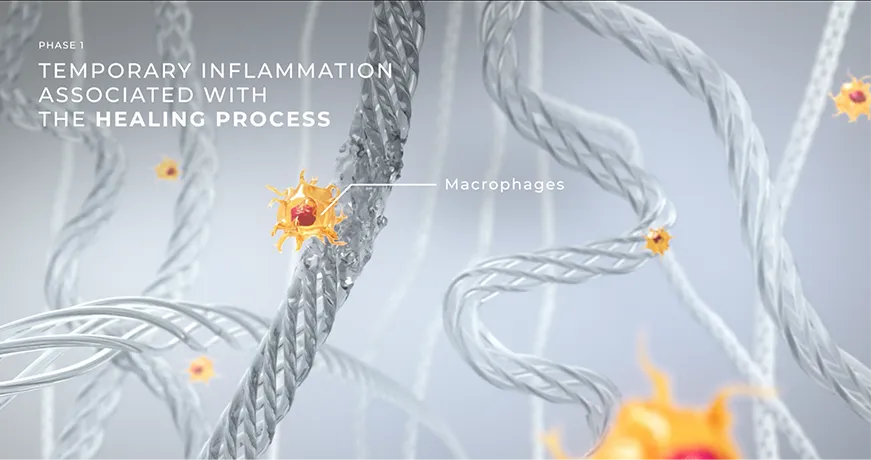
PHASE 1:
TEMPORARY INFLAMMATION ASSOCIATED WITH THE HEALING PROCESS
During the initial phase, macrophages engulf and digest injured tissue and release cytokines, which attract fibroblasts.9, 15
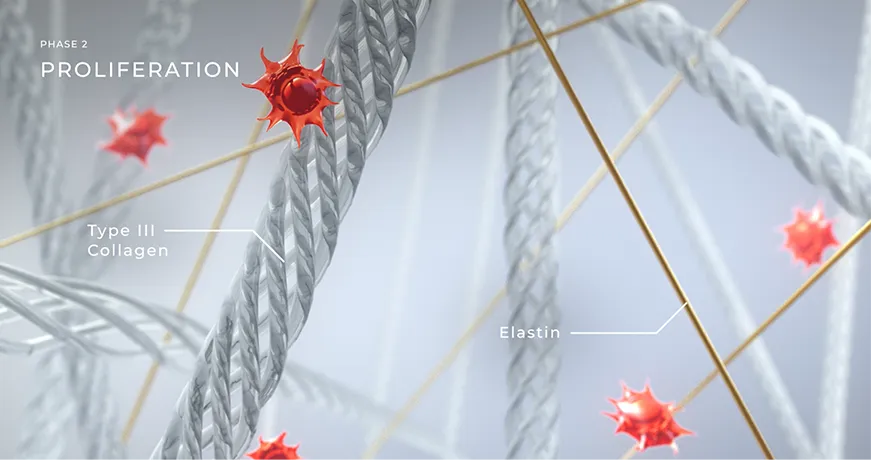
PHASE 2:
PROLIFERATION
In the proliferation phase, fibroblasts synthesize the newly created type III collagen alongside other mediators important to rebuilding the collagen matrix.2, 5, 6, 9
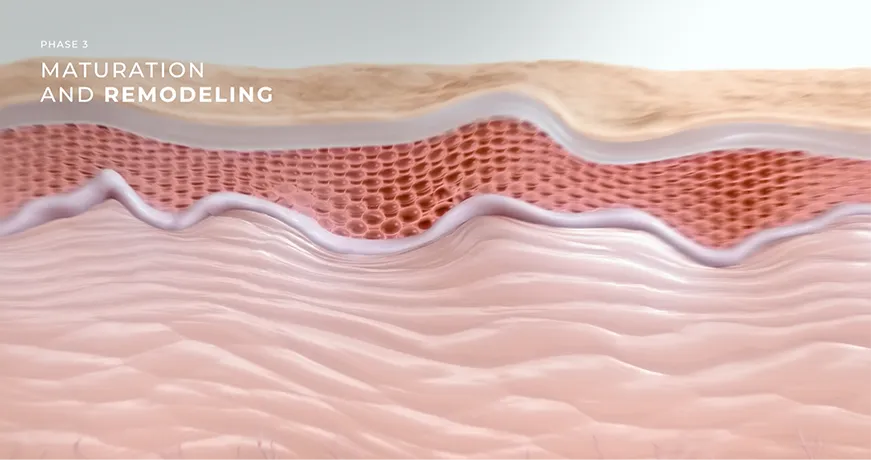
PHASE 3: MATURATION & REMODELING
In the maturation and remodeling phase, type lll collagen is replaced by type l collagen, forming tight cross-links with itself and other proteins, tightening the tissue and leading to a long-term, sustained lifting result.9, 14, 16
Artist's renderings are for illustrative purposes only.
INCREASED COLLAGEN SYNTHENSIS BY 42%9
Data from a unique Ultherapy study, in which patients received Ultherapy treatment on only one side of the face, demonstrated an average 1.4 times increase in the rate of collagen production in the treated side vs. untreated. The rate of production for collagen Types I and III—those types most closely associated with the effects of aging—increased 42% in the side treated with Ultherapy.9
